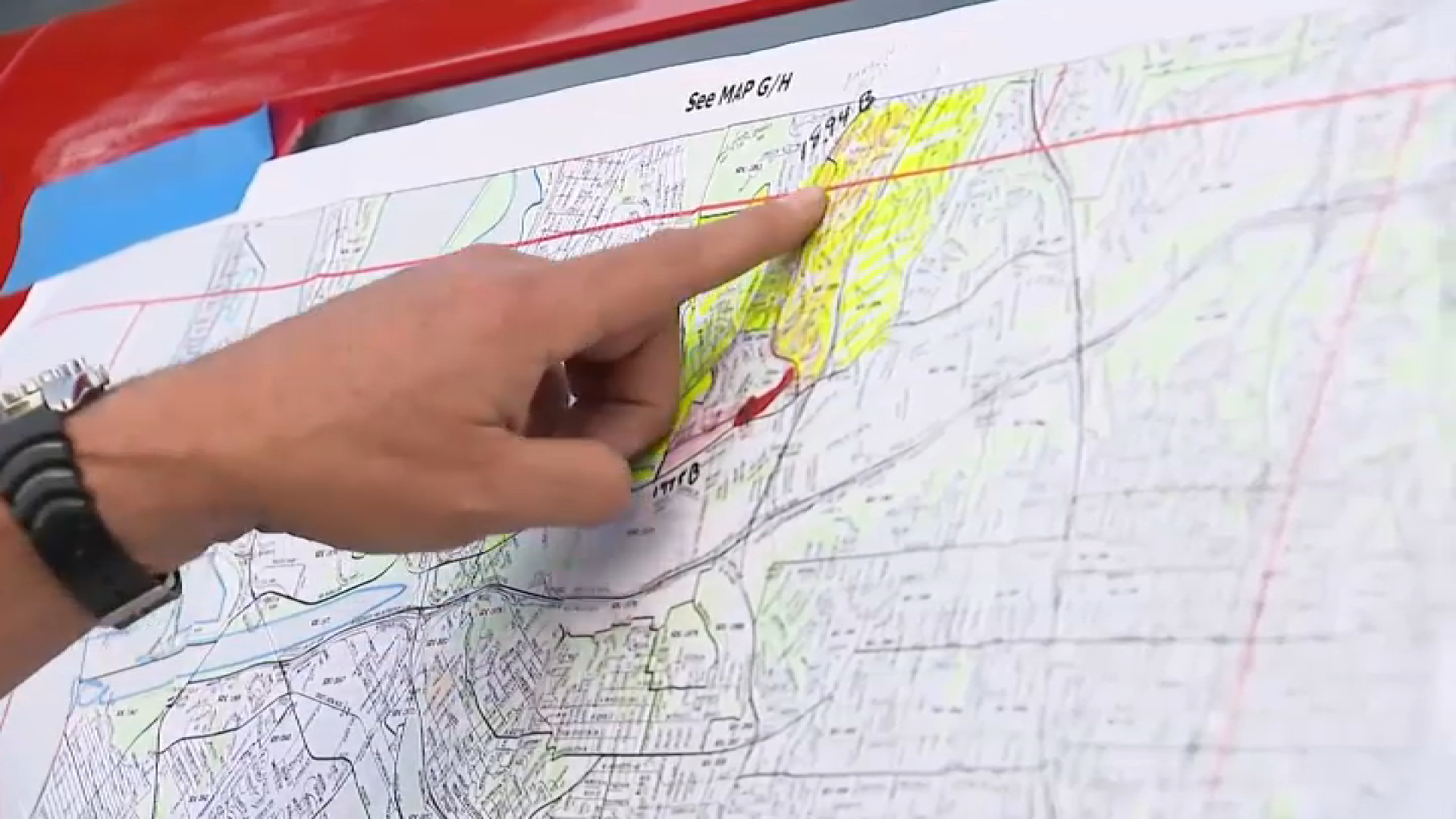Inside a North County hotel room, NBC 7’s Greg Bledsoe got an exclusive first look at what could be one of the most expensive paintings ever sold. Experts, however, have some serious questions.
There is a piece of canvas in San Diego right now that could be worth more than $160 million -- if it’s real.
“It would be the second most expensive painting in the world,” said Mark Palmer who represents the painting’s current owner.
Palmer describes it as a previously unknown 1947 Jackson Pollock. If that’s true, it would be one of slightly more than 100 Pollock originals in the world, Palmer said. But if that is the case, then where has this painting been all these years?
“It was originally donated to a thrift store in New York. We don’t know by whom,” said Palmer, “and it was picked up by a collector, who sold it to another collector, who sold it to the current owners, who live in San Diego.”
Those owners want to remain anonymous. In fact, to see the painting, NBC 7 met the representatives in a North County hotel room, so as not to disclose the identity of the owners.
The history of this particular painting makes for a fascinating story, again, if it’s true. Palmer did provide two separate reports to NBC 7 claiming to show the painting is authentic. The first is a forensic report. The authors claim they traveled to Pollock’s former New York studio and laid the painting down on the floor, matching it to paint splatters. That’s not all the report says they found.
“They found microscopic particles of birch leaves, the same trees that grow around, or grew around Pollock’s studio,” said Palmer.
Local
It’s important to point out the authors of that report did disclose to NBC 7 that they were paid by the owners for it.
The second report involves more than 400 pages of data derived from software called WNDCHRM, capable of identifying an original Jackson Pollock. Palmer said the tests identified the painting as having a 93% chance of being authentic.
NBC 7 tracked down the designer of the WNDCHRM software, Lior Shamir, a professor at Lawrence Technological University in Michigan. He looked over the report provided by the owners of the possible Pollock original and said he sees several problems with the way the testing was done.
“They didn’t use color information at all,” said Shamir. He also said his software has never been tested to identify a forged Pollock. The program has only been tested to tell the difference between authentic Pollock and those paintings known to have been inspired by Pollock’s style. Shamir does not dismiss the painting altogether, but said the report alone does not prove authenticity.
“It doesn’t mean anything,” said Shamir, “What’s in there doesn’t mean anything, whether it is a Pollock painting or not a Pollock painting. There’s just no meaning to that information there.”
Still, Palmer said he is absolutely convinced of the painting’s authenticity. The owners have already received three serious offers but will not disclose the amount of those offers.



